Angles
An angle is a figure formed by two rays, called the sides of the angle, sharing a common endpoint, called the vertex of the angle. Angles are measured in degrees, and they are used to describe the amount of rotation or separation between two lines or planes.
Types of Angles
There are several types of angles:
- Acute Angle: An angle that measures less than 90 degrees.
- Right Angle: An angle that measures exactly 90 degrees.
- Obtuse Angle: An angle that measures more than 90 degrees but less than 180 degrees.
- Straight Angle: An angle that measures exactly 180 degrees.
- Reflex Angle: An angle that measures more than 180 degrees but less than 360 degrees.
Measuring Angles
Angles can be measured using a protractor. The measure of an angle is the amount of rotation needed to bring one of the rays of the angle to coincide with the other ray. Angles are typically measured in degrees, with a full rotation around a point being 360 degrees.
Complementary and Supplementary Angles
Two angles are called complementary if the sum of their measures is 90 degrees. Two angles are called supplementary if the sum of their measures is 180 degrees.
Angle Relationships
Angles can be related in various ways, such as vertical angles, adjacent angles, and corresponding angles. Understanding these relationships can help in solving geometric problems involving angles.
Understanding angles is important in geometry and trigonometry, as well as in various real-world applications such as architecture, engineering, and navigation.
.◂Math Worksheets and Study Guides Second Grade. Fractions Greater Than or Less Than 1/2
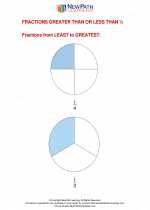
 Worksheet/Answer key
Worksheet/Answer key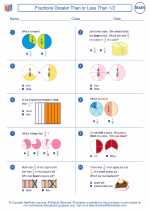
 Worksheet/Answer key
Worksheet/Answer key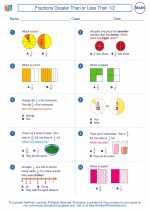
 Worksheet/Answer key
Worksheet/Answer key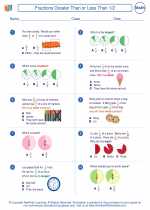
 Worksheet/Answer key
Worksheet/Answer key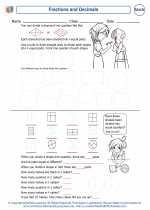
 Worksheet/Answer key
Worksheet/Answer key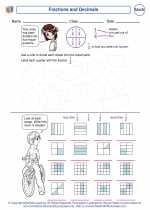
 Vocabulary/Answer key
Vocabulary/Answer key
